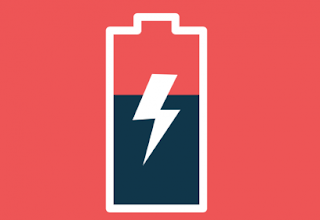Solar Batteries Performance Enhancing Vitamins

Harvard University researchers reckon they can make flow batteries cheaper using an electrolyte based on vitamin B2. Flow batteries function much like lead-acid batteries, with a fluid that reacts with electrodes to store charge. However, the liquid is cycled through an external tank in the charge/discharge cycle. The external “refresh” of a flow battery's fluid means it can handle very deep discharges, while lead acid batteries have to be kept above 50 per cent charge. For a static application like storage from solar power, that makes flow batteries an attractive third alternative to both lead acid and lithium batteries . Harvard's research is on improving the electrolyte, so the external tanks can store more energy per unit of volume, and that's where the vitamin B2 molecule comes in. The university had previously worked on naturally-occurring quinones in the electrolyte; B2 is similar, they say, but uses nitrogen as the electron carrier. The important molecule in B2 i








